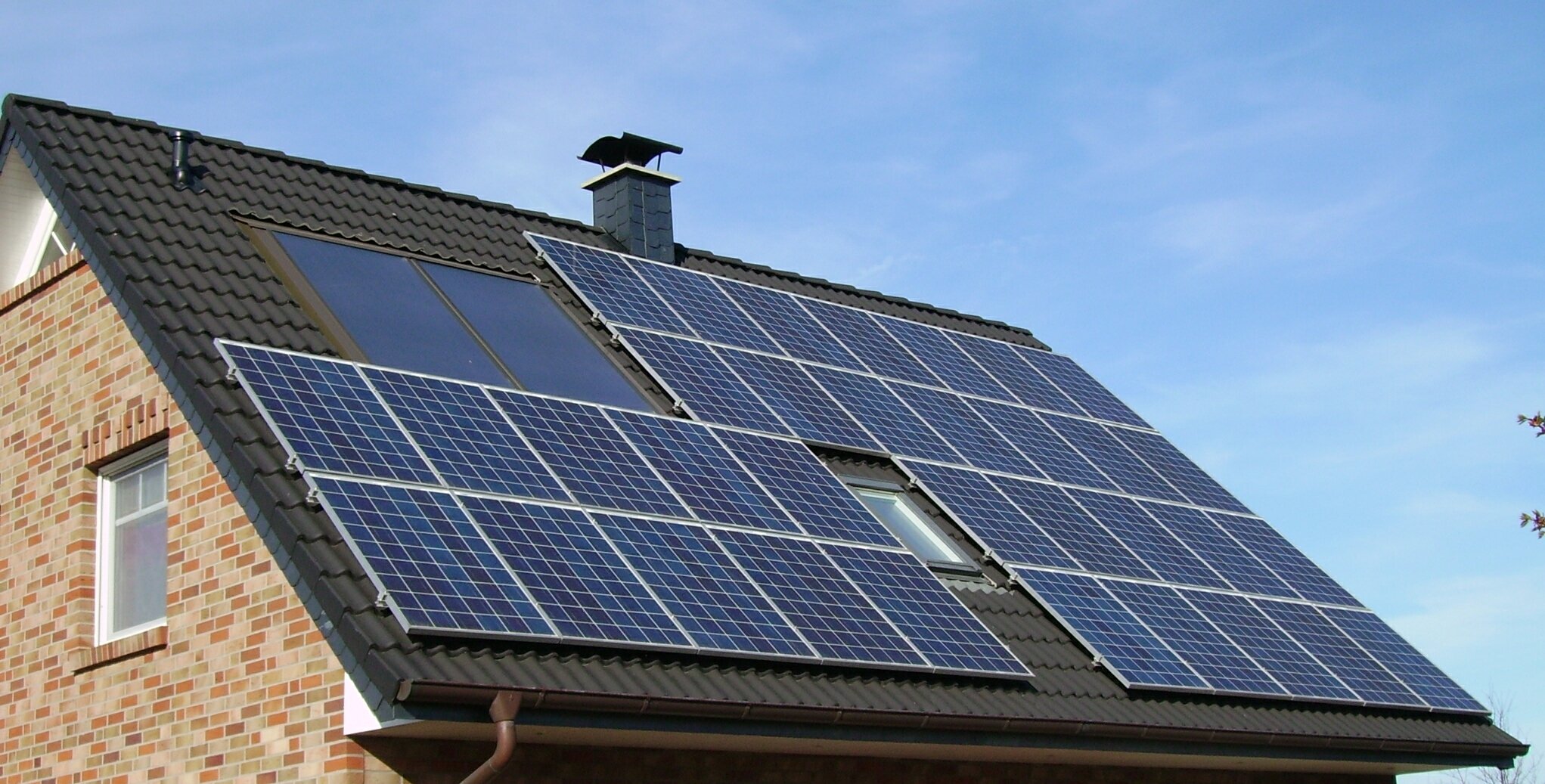Homeowners and Natural Gas
 Increasingly, households concerned with energy efficiency are turning to natural gas as an environmentally friendly energy alternative to fuel their homes. Natural gas is considered the cleanest of all fossil fuels, as well as an inexpensive source of energy. It’s a nonrenewable fuel, which is created when layers of plants and animals, buried in the earth for thousands of years, form methane. This compressed gas is then used to create energy through combustion.
Increasingly, households concerned with energy efficiency are turning to natural gas as an environmentally friendly energy alternative to fuel their homes. Natural gas is considered the cleanest of all fossil fuels, as well as an inexpensive source of energy. It’s a nonrenewable fuel, which is created when layers of plants and animals, buried in the earth for thousands of years, form methane. This compressed gas is then used to create energy through combustion.
Natural Gas Emissions versus Coal Emissions
Currently, the United States derives most of its energy from coal-fired plants, resulting in high levels of carbon dioxide emissions. Since abandoning all fossil fuels immediately is unrealistic, and natural gas is becoming cheaper thanks to discoveries of new domestic reserves, the closer energy future could see natural gas become a leading power source in the United States. Already, many power companies in the US and Canada are turning away from coal, in favor of the lower electric prices and cleaner footprint of natural gas.
The carbon dioxide (CO2) emissions of natural gas are half that of coal, and if the use of natural gas continues to be widely implemented, it would drastically cut the United States’ emissions. In 2011, CO2 emissions were already 9 percent lower than in 2007, primarily because of the increased use of natural gas compared to coal.
Natural Gas in the Household
In the United States, 61% of all households use natural gas for their everyday needs, and the Boston Consulting Group estimated that households are saving anywhere from $425 to $725 a year by using natural gas.
Master chefs and inspired home cooks alike prefer gas stoves over electric ranges, citing accurate temperature control and quick, even heat distribution, as well as the ability to manually ignite the stove during a power outage. A natural gas stove’s energy costs are typically half that of an electric unit.
Gas stoves aren’t the only benefit, either. Virtually every appliance in the home can be operated using natural gas, including space heaters, pool heaters, outdoor lights, fireplaces, and even air conditioners. Air conditioners powered by natural gas use thirty percent less energy and have a life expectancy of twenty years, with relatively low maintenance costs. The initial price tag might scare a cost-conscious consumer, but the efficiency and long-term cost effectiveness of natural gas appliances almost always outweigh purchasing electrical appliances.
Natural Gas Compared to Green Energy Resources
Though truly renewable energy sources are also the “cleanest,” costs associated with producing energy from sources like solar, geothermal and wind and making them viable for home use are still much higher than those associated with natural gas. In addition, the tax credits that previously offset the costs of building wind turbines by thirty percent expired in 2013, making wind energy even more expensive to produce. However, since wind turbines produce zero emissions, they are a form of energy that should not be entirely abandoned.
Currently, solar energy has yet to prove itself a cost effective source of power, mainly due to the expensive process of producing and installing solar panels. Ideally, solar power will eventually become more cost competitive as the production of solar panels and the efficiency of solar cells, continues to increase, but until then, natural gas may be the first step on a road toward cleaner energy. It’s also been argued that, when looking at the entire process as a whole, natural gas might even be better for than the environment than wind and solar.
Current Drop in Natural Gas Prices
Presently, natural gas prices are at a historic low. Increased domestic production means compressed natural gas (CNG) inventories have risen 28% faster than the five-year average, and residential and commercial demand has flattened because of the increased efficiency of gas-powered appliances and heaters.
It’s likely that natural gas will become the dominant fuel used by the United States in efforts to reduce carbon dioxide emissions and reliance on foreign oil reserves, and for homeowners, the benefits are twofold: using natural gas as a main power source in the home will help reduce energy budgets and will also help the environment.
Contributor: Beth Kelly is a freelance blogger and researcher. In her free time, she likes fixing old cameras and learning to speak new languages. She was born and raised in Michigan but now resides in Chicago, IL. Follow Beth: https://twitter.com/bkelly_88








Leave a Reply